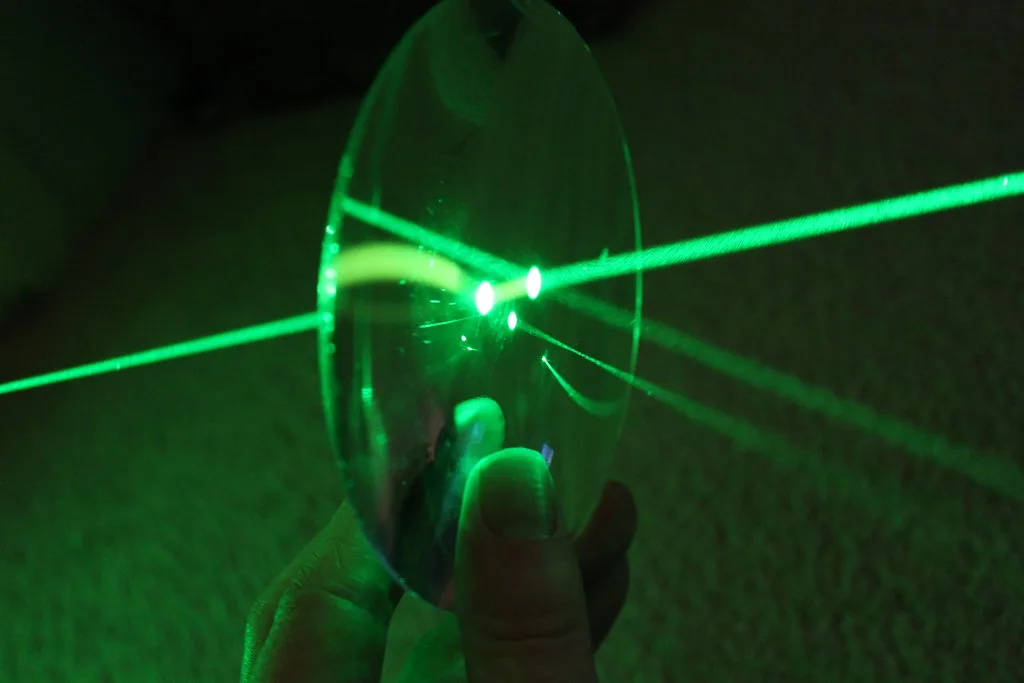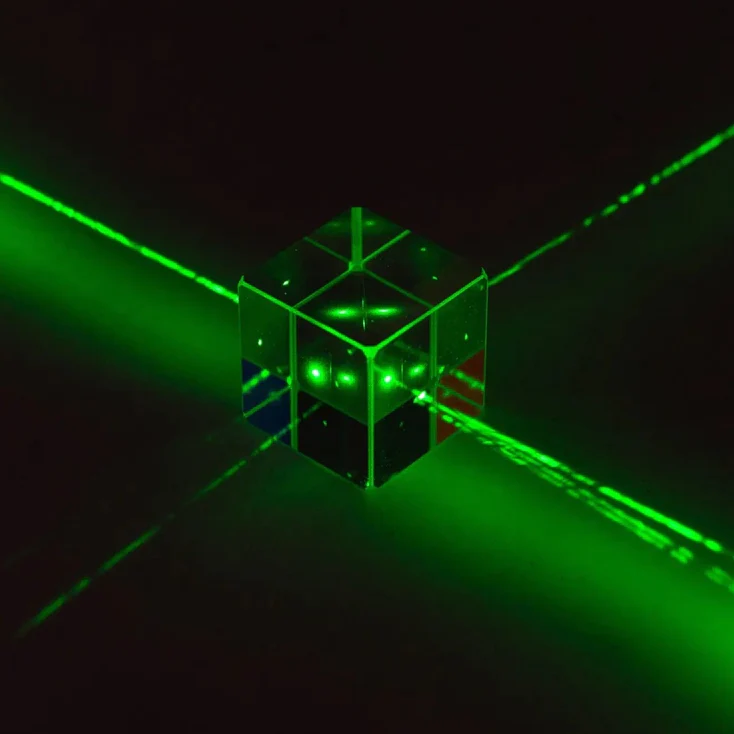In the realm of optics and photonics, beam splitters are the unsung heroes that play a pivotal role in various applications. These unassuming devices hold the power to divide a single light beam into multiple paths, facilitating an array of cutting-edge technologies. In this blog, we sort the articles with the most important info on the advantages of beam splitters, various applications, and the potential to shape the future of science and technology.

The BestAdvantages of Beam Splitters
There are versatile advantages of a beam splitter. For your better concern, we will describe below the top 5 advantages of briefly described. Let’s scroll below for more info.
1. Precision in Light Control
One of the primary advantages of beam splitters is the ability to precisely control the intensity and direction of light. By reflecting a portion of incident light and allowing the rest to pass through. Which enables scientists and engineers to direct light beams with exceptional accuracy. This exactness is crucial in applications such as microscopy. Where controlled illumination is essential for capturing clear and detailed images.
2. Versatility in Optical Systems
Beam splitters come in various types in the markets, including plate beam splitters, cube beam splitters, and polarizing beam splitters. It allows the tailored of specific optical systems. For example, cube beam splitters are commonly used in interferometers. While polarizing beam splitters are instrumental in creating 3D images and aligning laser systems. As well as the adaptability makes beam splitters indispensable tools in the optical toolkit.
3. Optical Signal Processing
You know that, beam splitters are instrumental in optical signal processing, a key component of modern communication platforms. It also enables the division of optical signals into multiple paths for tasks such as routing, amplification, and data manipulation. At the same time, managing the flow of light within fiber-optic networks plays an important role in maintaining the efficiency and reliability of telecommunications systems.
4. Quantum Computing
The promise of quantum computing lies in its ability to process vast amounts of information at speeds that traditional computers can only dream of. Beam splitters are crucial in quantum computing setups, Also help manipulate and entangle photons, forming the foundation of quantum bits or qubits.
5. Enhanced Imaging
Beam splitters have revolutionized imaging techniques by facilitating the development of advanced imaging systems. In fields like astronomy and medical imaging, beam splitters allow multiple detectors to capture different wavelengths or polarization states of light simultaneously.
Applications of Beam Splitters
Microscopy
In the world of microscopy, beam splitters are indispensable. Here used to split the light source into multiple channels, making it possible to capture multiple images simultaneously. This technique is employed in confocal microscopy, fluorescence microscopy, and other advanced imaging methods, enabling scientists to explore the microcosmos with remarkable precision.
Interferometry
Interferometers rely on beam splitters to split and recombine light waves. This interference pattern is used to measure various properties such as distance, displacement, and vibrations.
Fiber-Optic Communications
Beam splitters are vital components in fiber-optic communication systems. They help distribute and manage optical signals efficiently, enabling high-speed data transmission and clear communication. The expansion of the internet and telecommunications networks wouldn’t have been possible without the contributions of beam splitters.
3D Imaging
In the world of entertainment and medical diagnostics, beam splitters are used to create 3D images. They split light into different polarization states, and this information is processed to generate three-dimensional images and movies. 3D imaging has transformed the entertainment industry, and it is invaluable in medical fields like radiology.
Laser Systems
Laser systems often employ beam splitters to align and manipulate laser beams. They are used in applications such as laser cutting, laser engraving, and laser interferometry. The ability to split, reflect, or combine laser beams precisely is essential for controlling the power and direction of lasers.
Conclusions
Beam splitters are marvels of modern optics, offering precision and versatility that underpin numerous scientific and technological advancements. The advantages of it, from enhancing imaging to revolutionizing quantum computing, have positioned them at the forefront of cutting-edge research and innovation. As technology continues to evolve, beam splitters are poised to play an increasingly crucial role in shaping our future.

FAQs
Q: What are the different types of beam splitters?
Beam splitters come in various types, including plate beam splitters, cube beam splitters, and polarizing beam splitters. Each type is designed for specific optical applications.
Q: How are beam splitters used in microscopy?
Beam splitters are used in microscopy to split the light source into multiple channels, allowing for the simultaneous capture of multiple images.
Q: How do beam splitters contribute to quantum computing?
Beam splitters are instrumental in quantum computing setups as they help manipulate and entangle photons, forming the basis of quantum bits or qubits.
